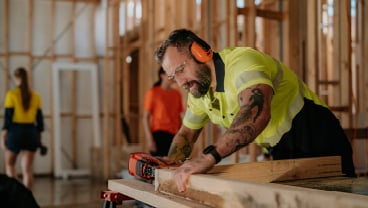
Quality Uppers
Hard Yakka's leather boots are designed to provide maximum comfort, breathability and protection in industrial settings. The company carefully selects the finest quality leather, which offers superior insulation, durability and flexibility, while also ensuring the boot's ability to breathe and control temperature. This article explores the various types of leather used in Hard Yakka's boots, including full-grain, suede, nubuck, and crazy horse leather, as well as the innovative Dri-Lex™ lining technology.
Hard Yakka leathers are carefully selected for their suitability in industrial safety footwear. The softness and absorbency of leather assist in controlling temperature for feet, an important factor in comfort within an industrial environment. Leather has the ability to breathe through numerous tiny pores, allowing perspiration to diffuse while at the same time restricting the entry of fluids, including water.
Leather also provides a significant benefit by trapping air between the fibers and becoming a thermal insulator. This characteristic is a barrier to external heat or cold and damp, and dramatically assists in raising the level of comfort for the wearer. Another important feature of leather is its flexibility and 'give,' as well as the capacity to stretch either in wear or by insertion of devices inside the boot or shoe. Hard Yakka leathers have been selected because of their softness and pliable surface.
Our boots are made with attention to detail, using the finest quality leathers that mould to the shape of your foot, allow your feet to “breathe”. Leather is a natural material that is made from animal hide that has been tanned. It is among the oldest of human inventions. In ancient times, the gatherers and hunters used leather as their protective clothing and for warmth. Cowhide leather is flexible, breathable, and supple. Cowhide leather looks good dyed or left natural. It’s durable, ages well, and lasts up to five times longer than fabric. Its properties of toughness and tear and puncture resistance are the reason it is used in our boots. It naturally repels moisture, retains its shape, and resists sun and heat damage.
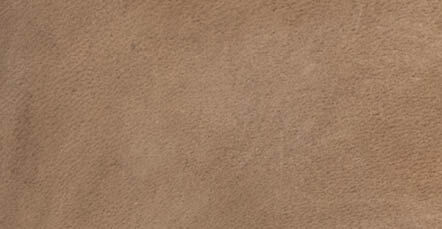
CRAZY HORSE LEATHER
Crazy Horse Leather is sometimes known as “saddle leather” and is treated with oil and wax in a unique tanning process to the surface of the leather. During this process, the oil and wax surface to create a rich, beautiful patina that’s fade-resistant. When the leather is rubbed, the colour will change and will not immediately reverse, giving it an antique look.
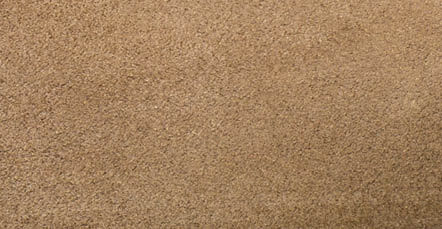
SUEDE LEATHER
Hard Yakka suede leathers are sanded to produce the velvet-soft feel that is typical of high-grade suede. This feel is achieved by sanding the inner layer of the cow hide. Because it comes from a thinner piece of hide, suede is less durable than full-grain leather. The suede texture of the material also makes it more susceptible to damage from water and stains. However, because several pieces of suede can be produced from a single hide, it is less expensive than full-grain leather.
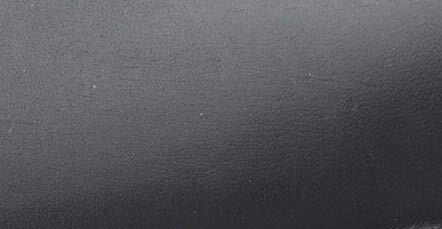
FULL-GRAIN LEATHER
Hard Yakka full-grain leather work boots use cow hides which are not sanded or buffed, and are naturally tanned resulting in the hides having excellent breathability and a true softness in the leather. Owing to the fact that this type of leather is not sanded, the natural marks on the hide are sometimes visible. Hard Yakka full-grain leather is very reliable and strong. This is because the grain has not been removed. Thus the fibre strength and the toughness of the hide are still retained in the leather. Full-grain leather does not wear out; instead a patina will be developed over time. Full-grain leather also has better breathability than other types of leather. Owing to the strength of this type of leather, it is used in the production of Hard Yakka work boots.
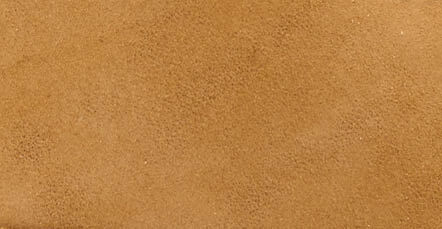
NUBUCK LEATHER
Hard Yakka Nubuck leather has a soft, velvety surface and is the premium choice in leather. Nubuck is sanded on the outer surface of the leather, essentially the part that would have been the exterior skin of the animal. Since the outside layer of a skin is much tougher, Nubuck lasts much longer than suedes and responds very well to this sanding process. It does show imperfections in the exterior layer of the skin much more easily, and is often treated with dyes, sometimes simply clear ones, to disguise any significant flaws. Nubuck is subject to easy staining and often requires pre-treatment or stain-resistance protection to extend its life.
3D NUBUCK
Full Grain Nubuck that has had the moisture and water content removed from the original base leather. This creates a lightweight, high flexibility and stronger leather that also has a high degree of water resistance. 3D Nubuck is a propriety manufacturing technology.
MICROFIBRE
Microfibre is a synthetic upper material, made from a combination of high performance fibres that are coated with a layer of resin. Microfibre has high levels of wear and water resistance and is an animal friendly alternative to traditional leathers.
ENGINEERED KNIT
Engineered knit is fibre that is woven together to form a durable textile material. It allows for more flexibility, breathability and stretch compared to traditional leather uppers. It is extremely lightweight and is optimal for use where comfort and fit are essential. As it is a woven textile, generally this material is not as durable as traditional leather uppers.
